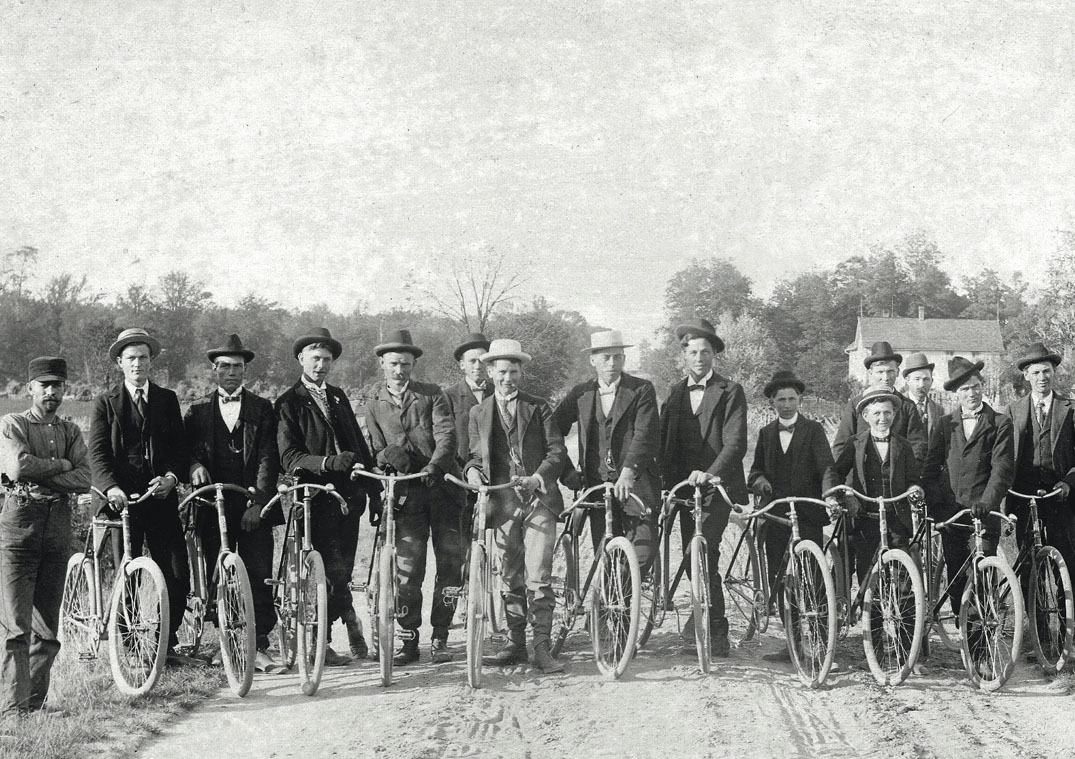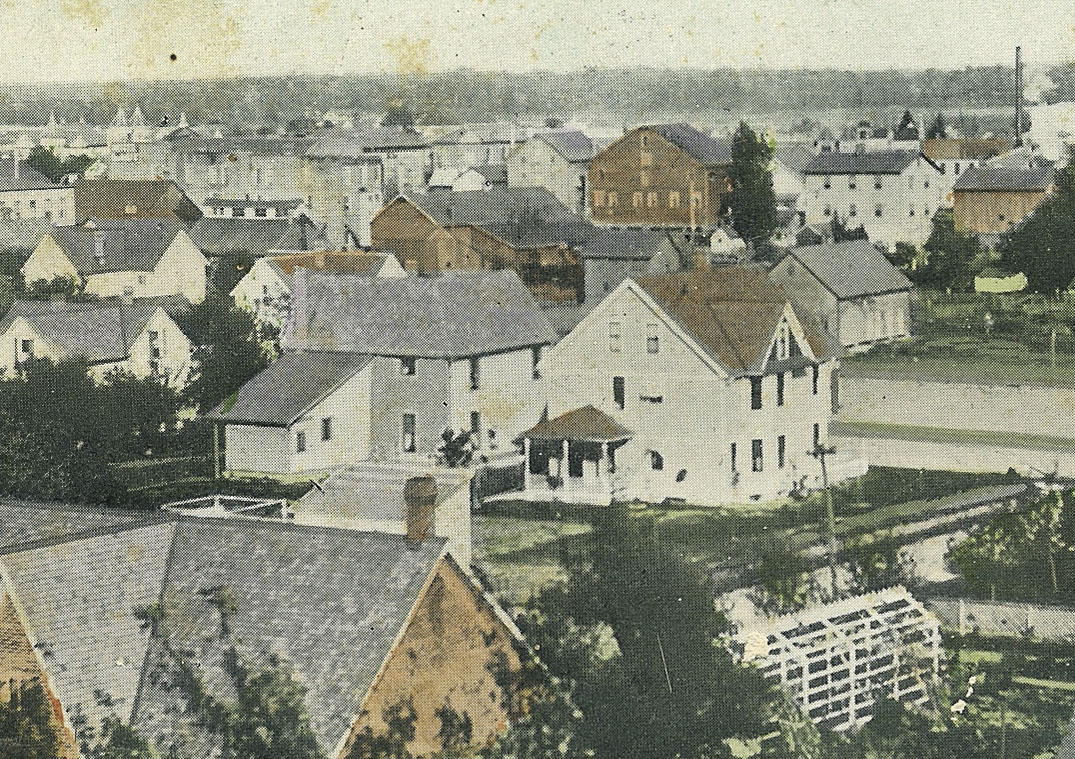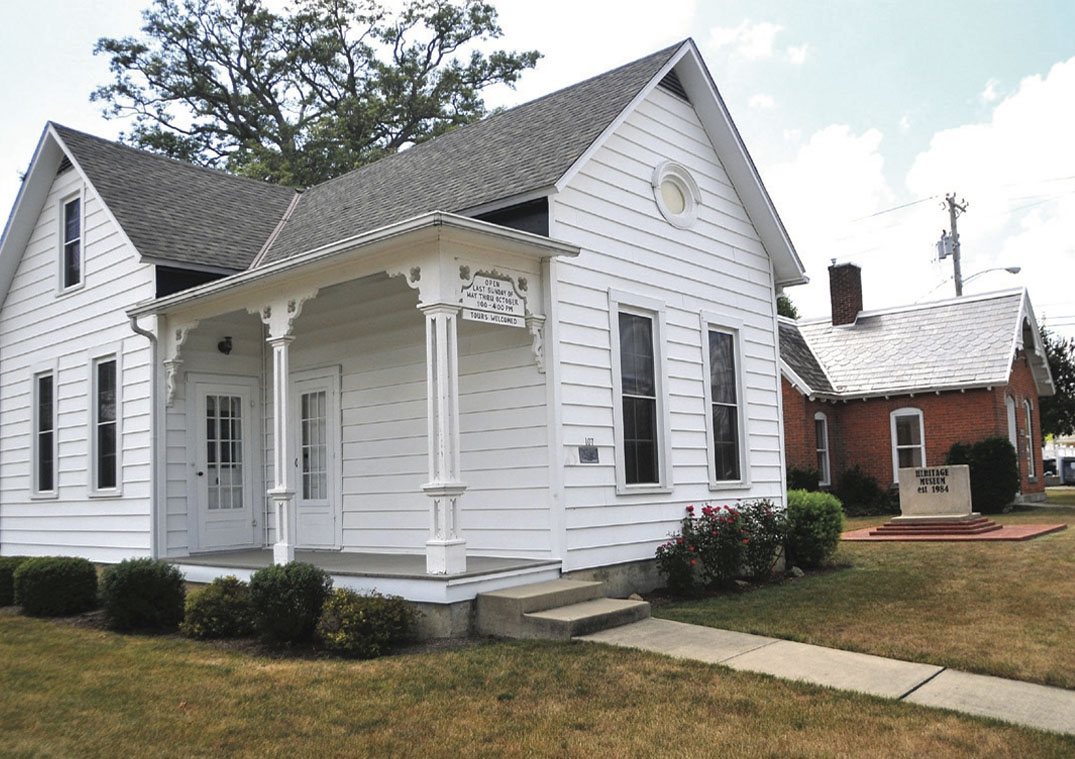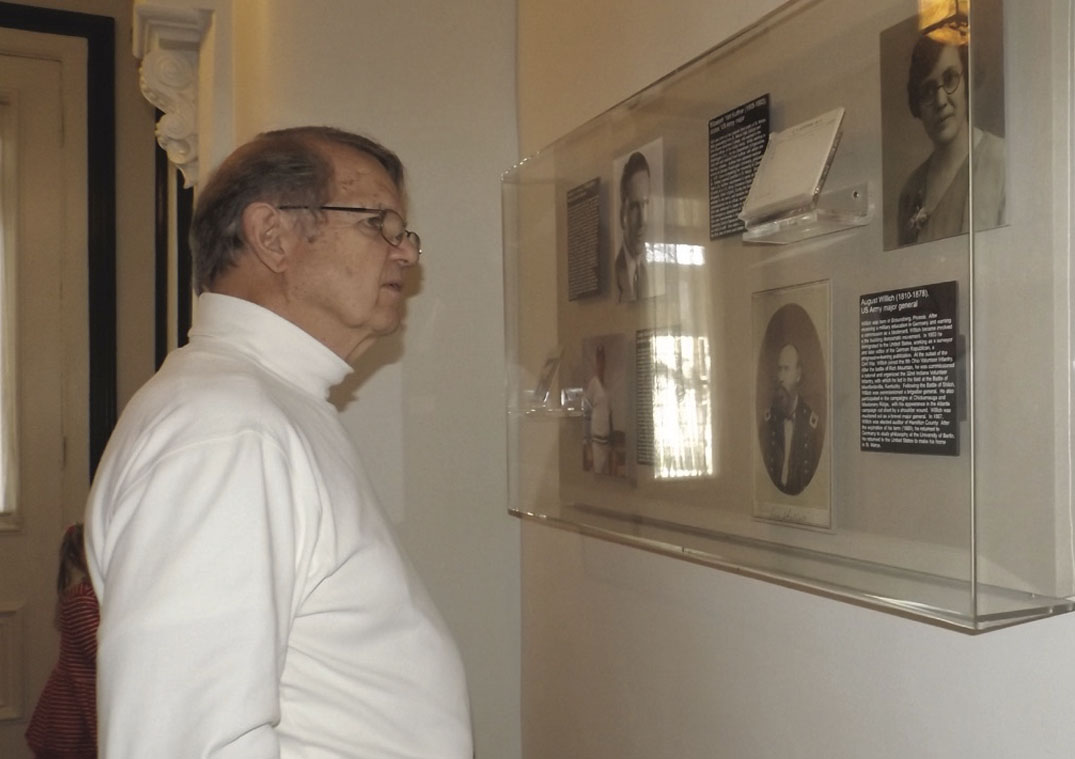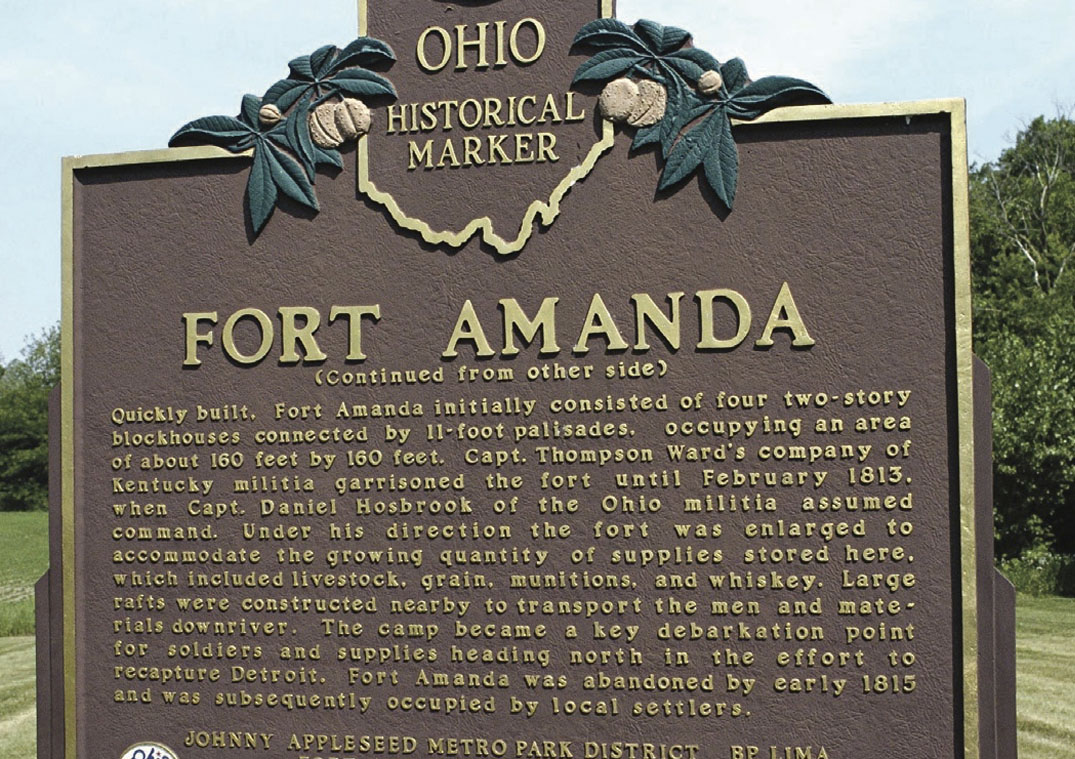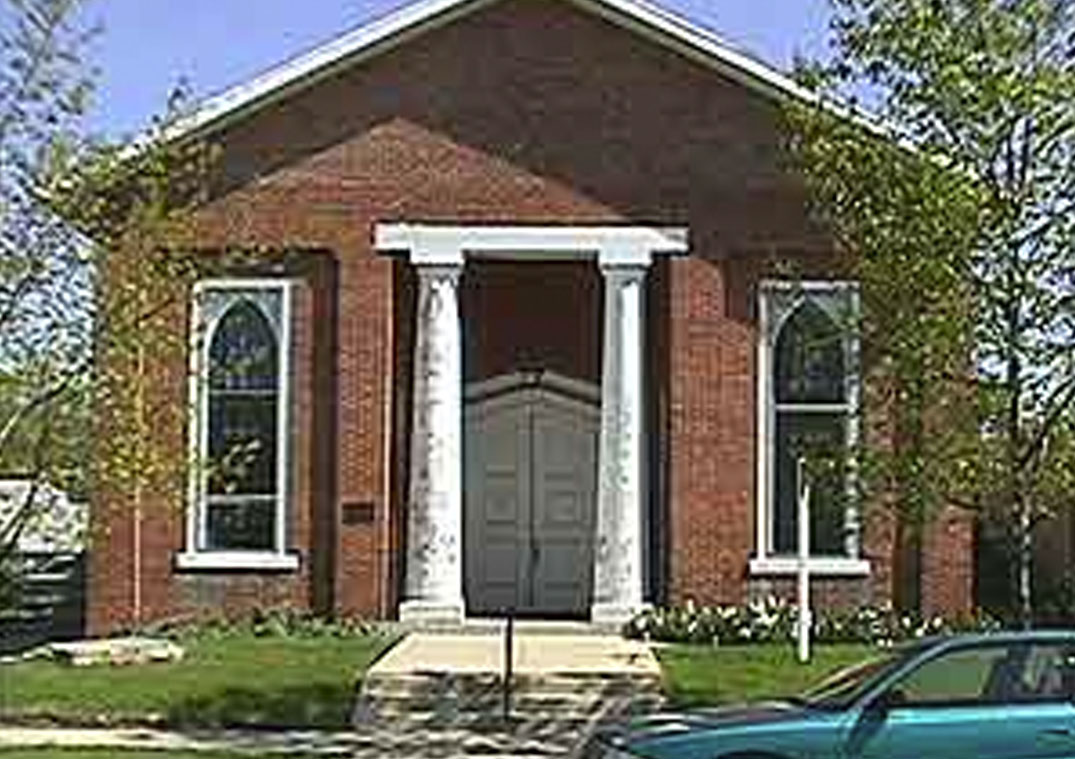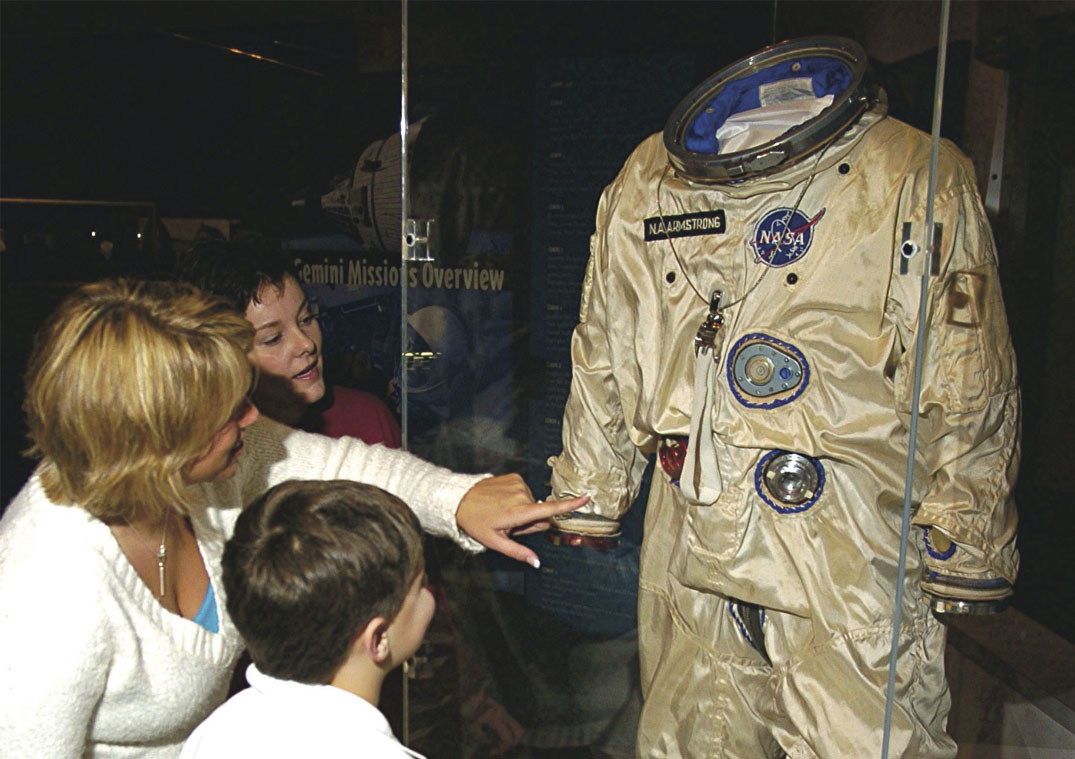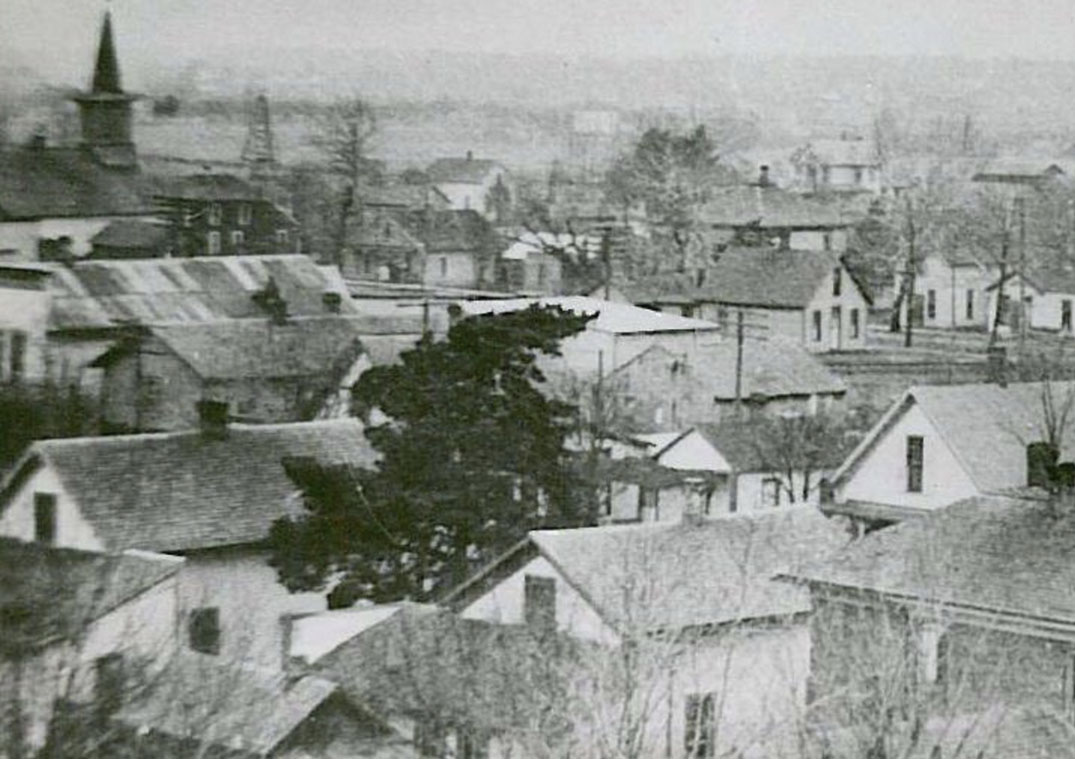Historic Spots in Auglaize County
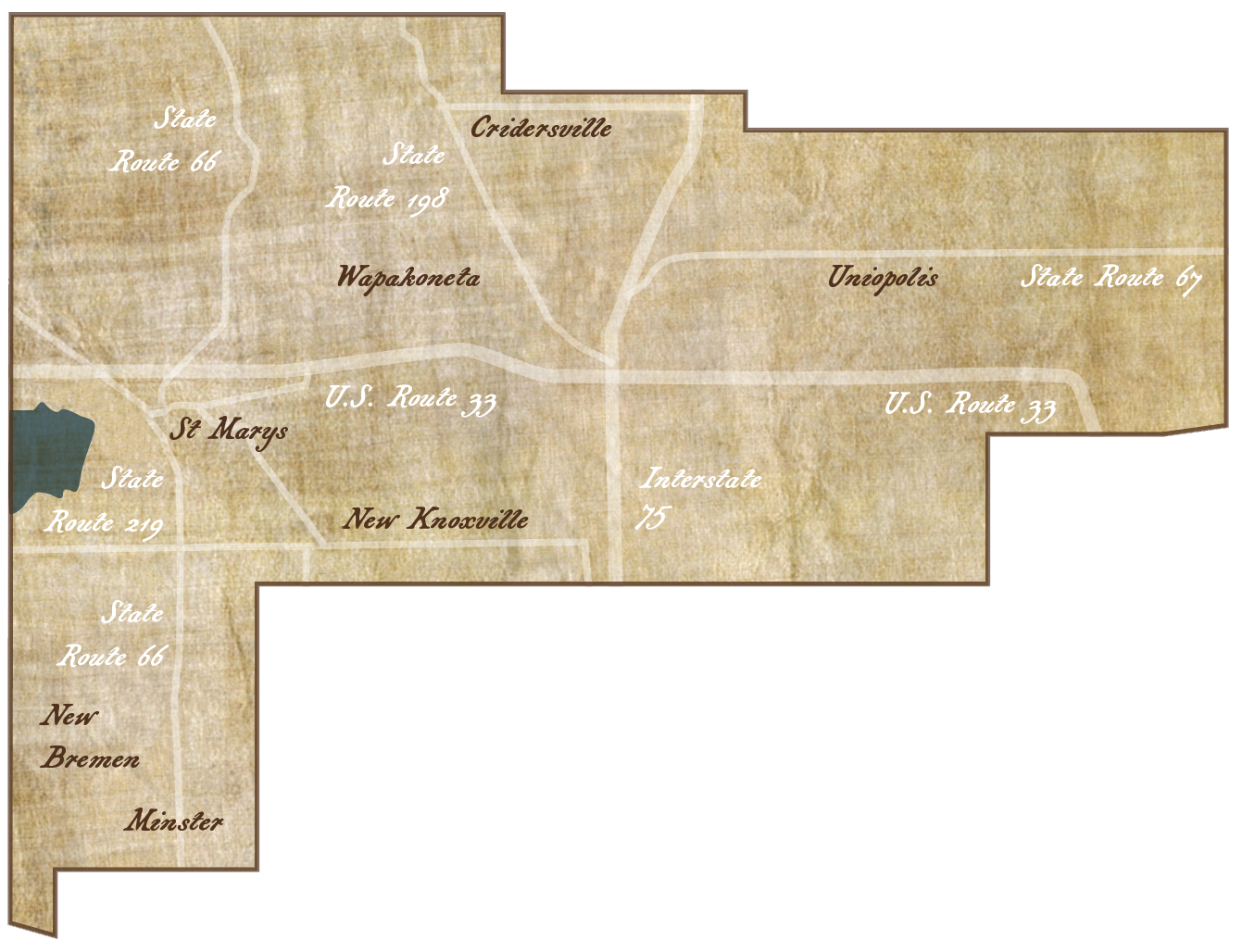
Bicycle Museum of America
7 West Monroe Street | New Bremen, Ohio 45869
Experience the museum with more than 300 bicycles on exhibit, from the 1816 German Draissine to the monocycle used in the closing ceremonies of the 2008 Beijing Summer Olympics. You’ll see wooden and fiberglass bicycles, big wheel and historic racing bicycles, balloon-tired bicycles from the 1950s and Sting Rays from the 1960s. Whether you’re a serious bicyclist learning more about a beloved sport or someone wishing onto to stroll down memory lane, the Bicycle Museum of America awaits your discovery.
The Luelleman House and Pape House
120 & 236 North Main Street | New Bremen, Ohio 45869
Explore the Luelleman House to learn about the history of the village of New Bremen, located on the Miami and Erie Canal. With the brick-lined house constructed in 1837, the property also includes an historic barn, summer kitchen, outdoor bake oven, and outhouse. Exhibits in the Luelleman House include schools, home life, New Bremen businesses and industries, and notable persons, among others.
The one-story Pape House is considered an excellent example of a brick Canal House, constructed by the immigrants to west-central Ohio in 1865. Of special interest is the extensive collection of furniture made in New Bremen.
New Knoxville Historical Society
107 East German Street | New Knoxville, Ohio 45871
The five-building complex of the New Knoxville Historical Society includes the original house, office, and summer kitchen of Dr. H.E. Fledderjohann, as well as a log cabin and barn moved from locations nearby. The museum preserves and exhibits artifacts about the history and development of the village.
Of special note is New Knoxville’s connection with Ladbergen, Germany, from which most settlers emigrated. The village is considered one of the best examples of chain migration in the United States, the process through which immigrants came to the village because of the encouragement of relatives and friends who had already moved here. The Historical Society’s exhibits tell the story of these German immigrants, the lives they built for themselves in America, and the many traditions they retained in their new world.
Daniel Mooney Museum
223 South Main Street | St. Marys, Ohio 45885
Discover the history of St. Marys, founded in 1823 on the river that inspired its name. The arrival of the Miami-Erie Canal provided a means for farmers and manufacturing interests to transport their goods to urban centers for better prices. Explore the exhibits that highlight the canal and its profound effect on local industry, including the establishment of such manufacturers as the world-renowned St. Marys Woolen Mills, best known for St. Marys blankets.
Fort Amanda Memorial Park
1/4 mile south of Fort Amanda Road
Fort Amanda was built by order of General William Henry Harrison as one of a series of forts extending from Piqua to Fort Meigs. These sites helped supply the United States Army during the War of 1812. Located at the head of Navigation of the Auglaize River, Fort Amanda had a small landing with a boat yard. Soldiers built riverboats or pirogues to transport soldiers and supplies, with approximately 75 pirogues crafted during the winter of 1812-1813. A granite monument was built in 1915 at the site of the original fort. Trails lead through wooded ravines, down to the river and to the monument. Open during daylight hours, Fort Amanda State Memorial is owned by the Ohio History Connection and operated and maintained by the Johnny Appleseed Metropolitan Park District.
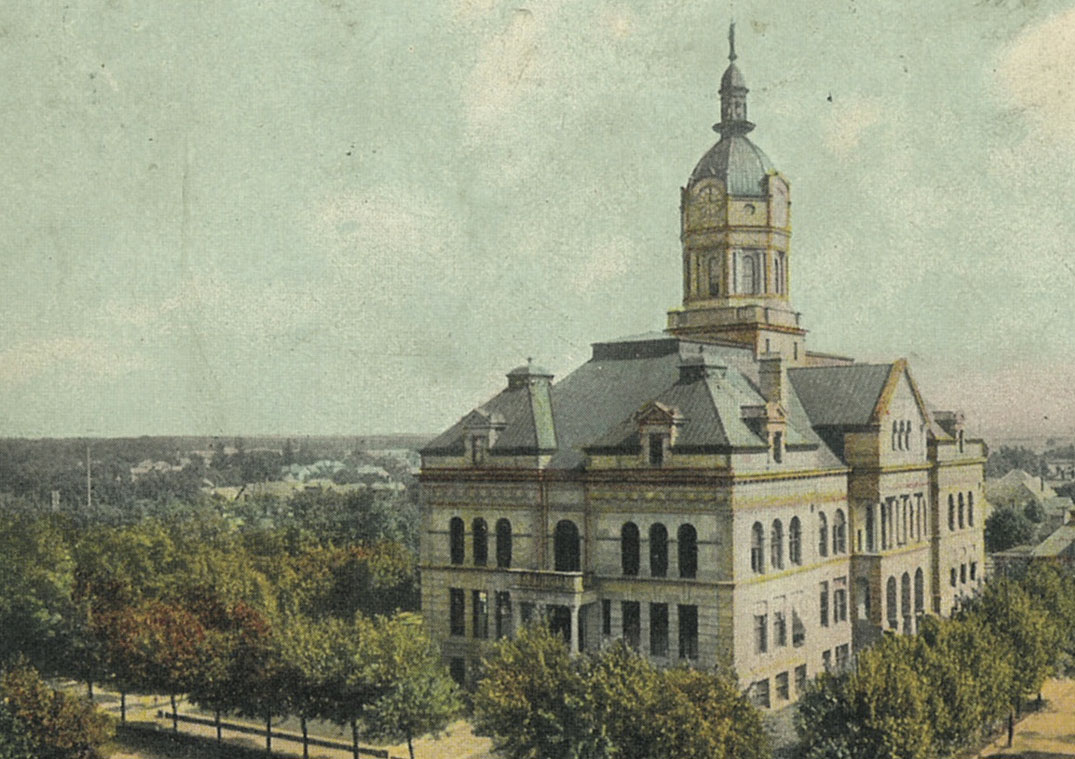
Auglaize County Courthouse
Main, Willipie, Pearl & Perry Streets | Wapakoneta, Ohio 45895
Designed by the Columbus-based architectual firm of Kremer and Hart, the current Auglaize County Courthouse was constructed for $259,481.21 in 1894. The building is constructed of Berea limestone, with a metal roof and a prominent clock tower. Its interior has been well preserved, including the marbleized columns and banisters, brass railings, original benches, tile wainscoting, murals, stained glass skylights, light fixtures, and the statue that formerly graced the courthouse tower.
Wapakoneta Museum
206 West Main Street | Wapakoneta, Ohio 45895
Explore the story of this county seat and agricultural service center located on the Auglaize River, whose development was most significantly shaped by the arrival of the railroad in 1858. Learn about the industries that were established here because of the nationwide access that the railroad provided, including companies that produced churns, skillets and irons, buggies, and more.
Armstrong Air and Space Museum
500 Apollo Drive | Wapakoneta, Ohio 45895
Explore the museum that chronicles Wapakoneta native Neil Armstrong’s life and achievements, The Armstrong Air & Space Museum serves as a repository of Ohio’s aeronautical history and a monument to Ohio’s contribution to aviation and exploration, from the pioneer days through the space shuttle era. See a moon rock, full-sized aircraft, the Gemini VIII space capsule, artifacts from the Apollo 11 mission, and much more.
Cridersville Historical Society
111 West Sugar Street | Cridersville, Ohio 45806
The Cridersville Historical Society preserves the heritage of the village of Cridersville and the surrounding area. Exhibits about the impact of the railroad, the discovery of oil, and the important 20th century transportation route known as the Dixie Highway are among many that share the stories of Cridersville and Auglaize County in motion.
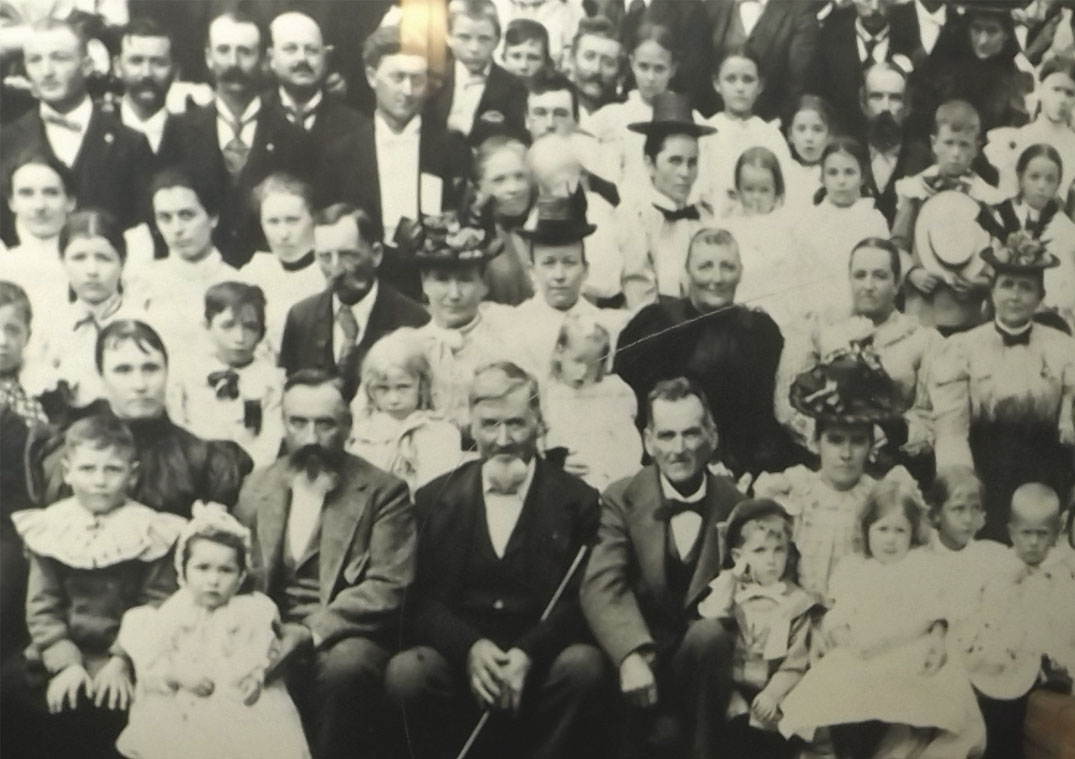
Uniopolis Historical Society
East Ohio Street | Uniopolis, Ohio 45888
The museum of the Uniopolis Historical Society tells the story of a village in west-central Ohio that has experienced the changes typical of small agriculturally-centered communities. Exhibits of interest include the story of the local schools and businesses, home life, railroads, as well as the rich agricultural legacy of Union Township.
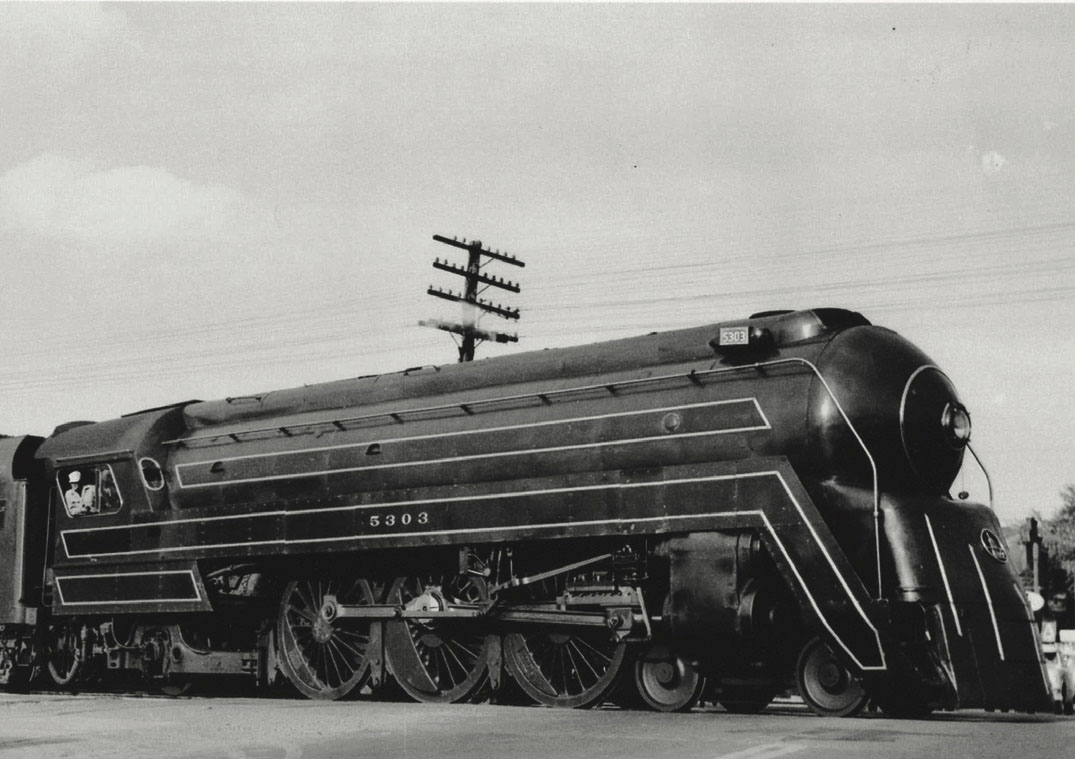
Riding the Rails
Like the canal before it, the railroad allowed farmers and manufacturers to ship what they produced or made to other markets, greatly expanding economic opportunities for local residents.
“Trade received an impetus and enterprise received a stimulus by the construction of the Dayton & Michigan Railroad, which marked the dawn of a new era for [Wapakoneta]…Here was the real dawn of business growth and activity, for enterprise followed rapidly in the wake of enterprise….” (Robert Sutton, 1880)
In addition to the Dayton & Michigan Railroad, Auglaize County was eventually traversed by the Lake Erie & Western, Ohio Southern, and Columbus & Northwestern railroads, as well as the interurban known as the Western Ohio Railway.
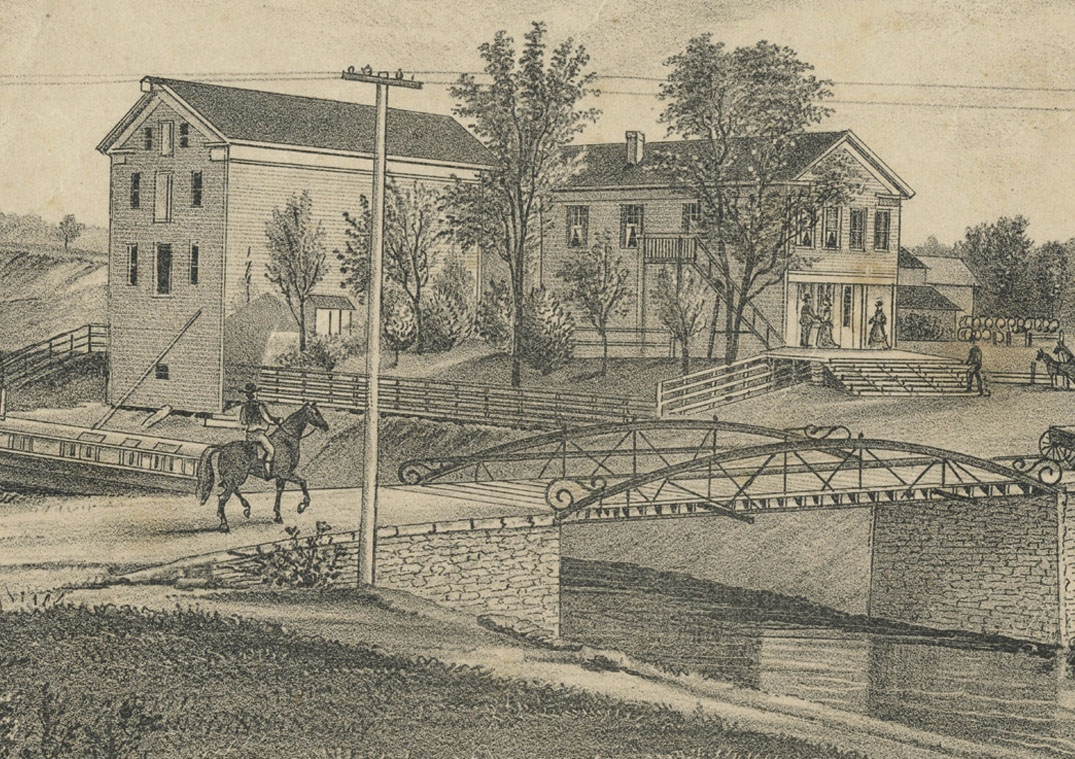
The Miami and Erie Canal
The Miami and Erie Canal is the transportation route that opened the western Ohio wilderness between Cincinnati and Toledo in the mid-19th century. More than 4,000 workers labored to build the canal, earning thirty cents a day plus room and board. The total cost of construction was $8 million, or $12,000 per mile. Once completed, the Miami and Erie Canal encouraged settlement and economic development. Agricultural and manufactured products brought high prices when transported by canal boat to markets. Most importantly, the cost to ship goods from the East Coast to Ohio and vice versa declined tremendously, from $125 per ton of goods to $25 per ton of goods.
The Miami and Erie Canal has returned today with a new role. Historic canal era structures and locks have been renovated to share the story of life on the canal. The towpath has been adapted to provide access for walking, hiking, and bicycling, as well as bird watching.
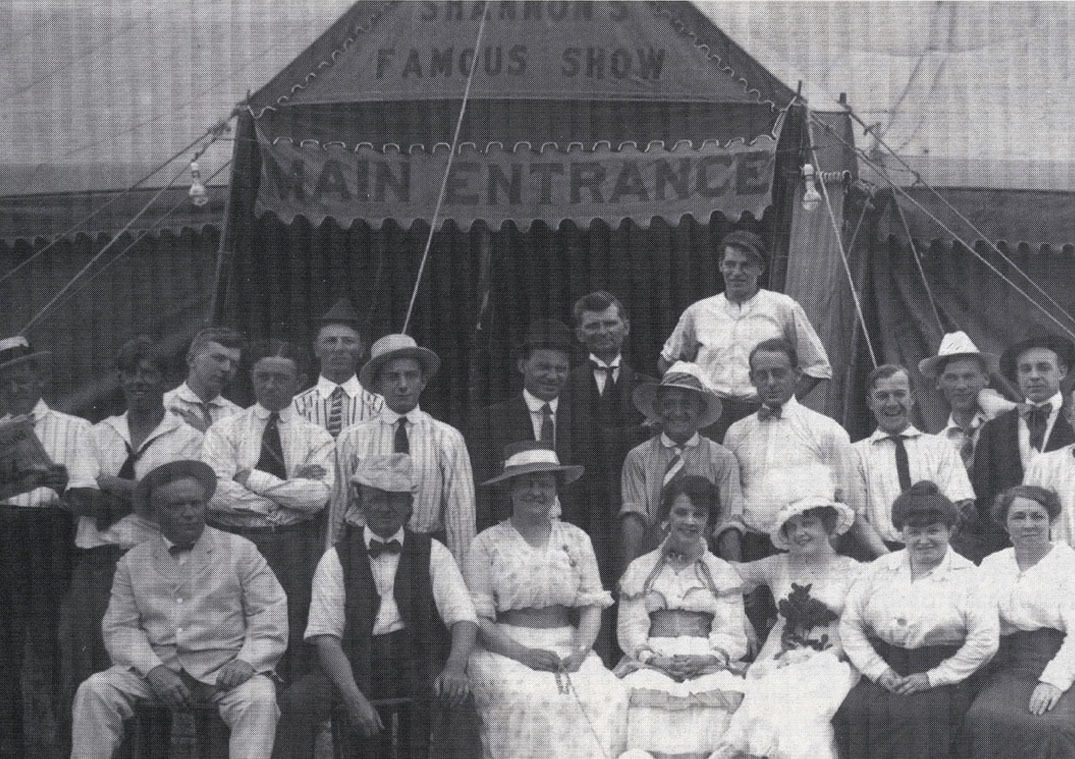
The Shannon Stock Company
Harry and Adelaide Stoutenburg Shannon, and their two children, Harry Jr. and Hazel, arrived in Wapakoneta in 1913. They were “The Four Original Shannons.” After the move, the Shannons formed their own road company, which played throughout Ohio and the nation for two decades. The Shannon Company performed in theatres during the winder and in a tent during the summer. Many of the company’s actors and crew members lived with the Shannons in their large Wapakoneta home, with rehearsals held in the back yard.

